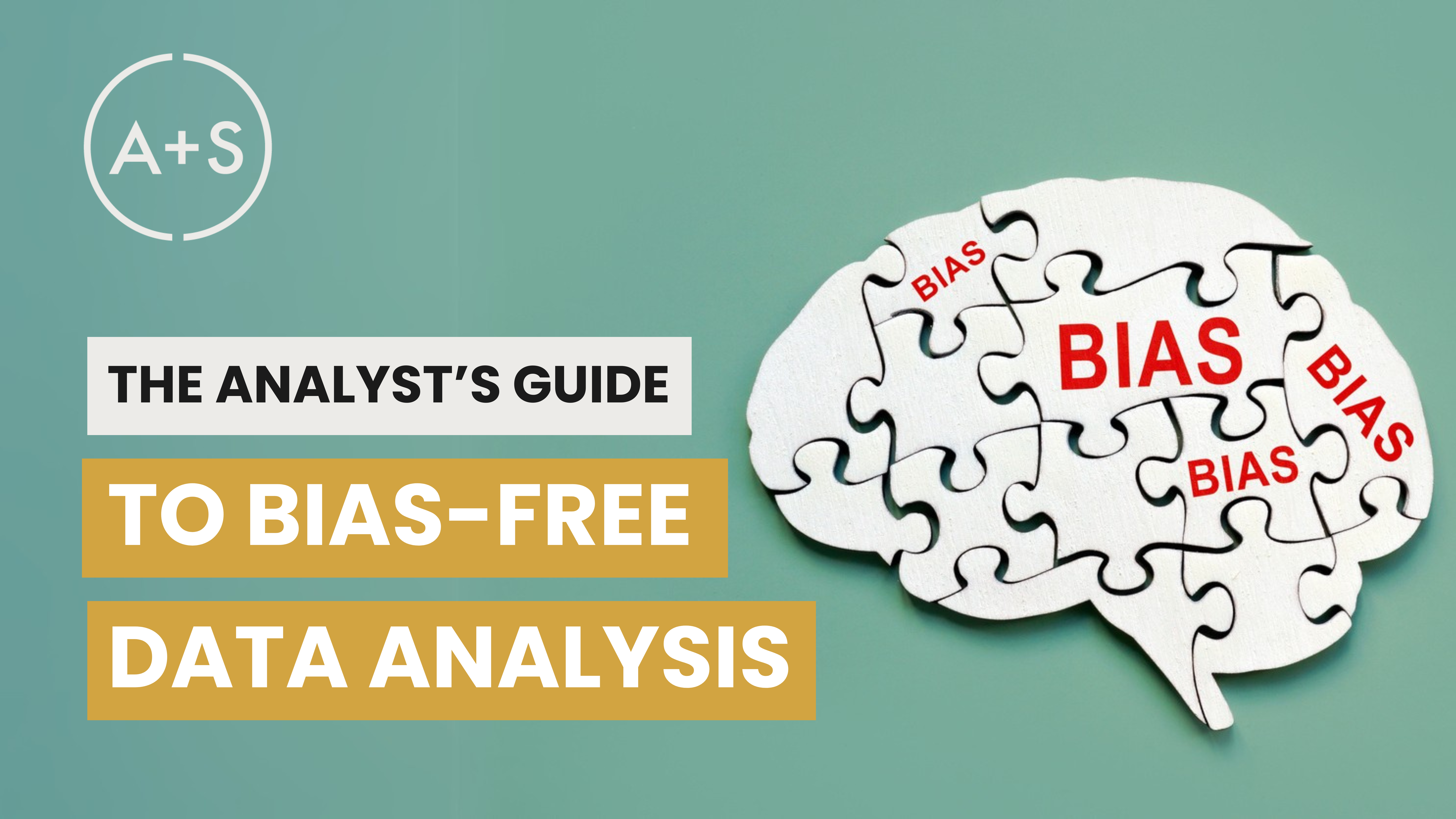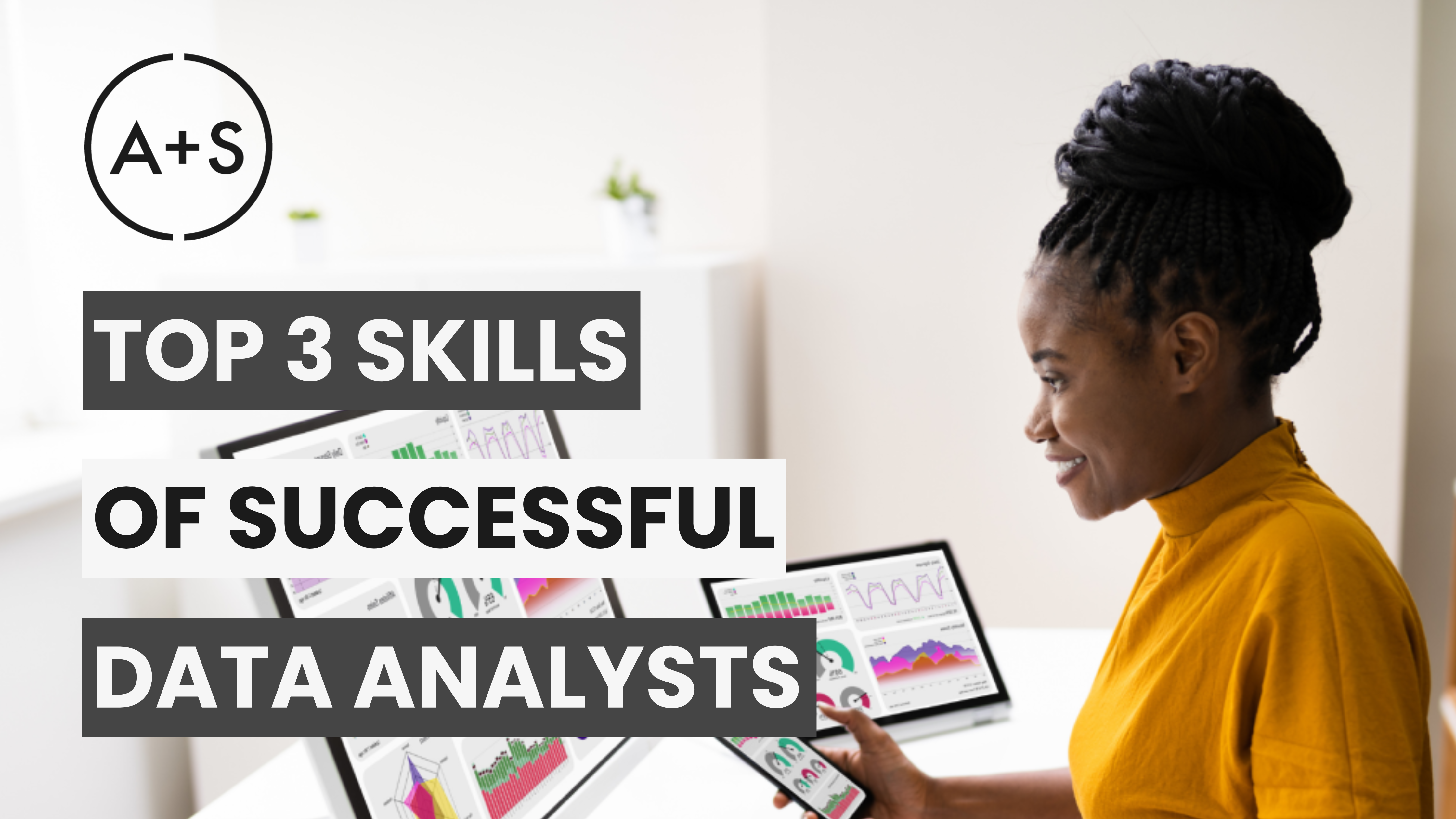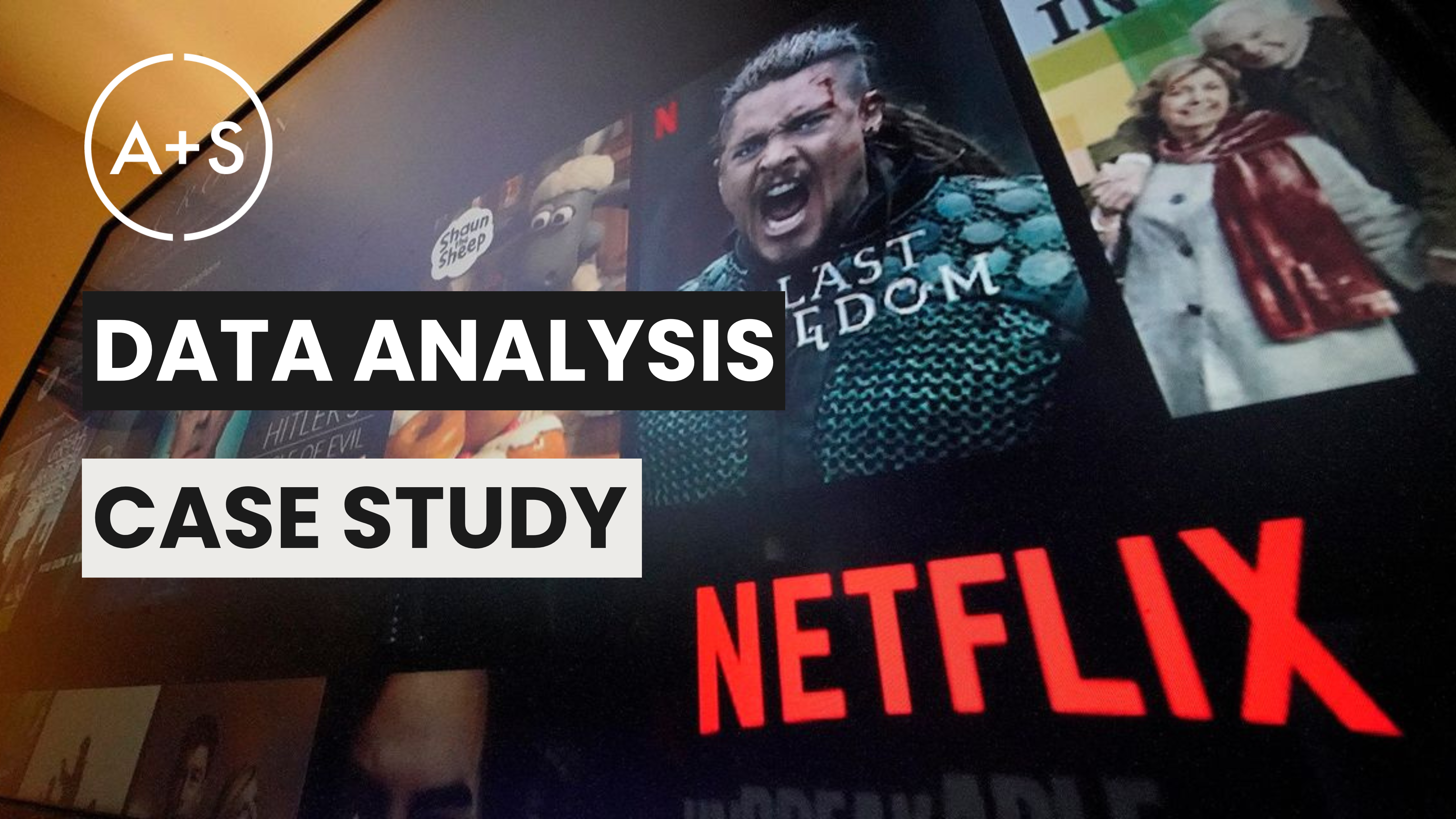Today’s analysts have access to tools and platforms enabling faster, more efficient data analysis than ever before. However, this increased speed brings a heightened risk: the potential for errors to be magnified. The primary challenge for analysts isn’t merely swift data analysis — it’s conducting accurate, unbiased analysis at speed.
Biases can creep into our work unnoticed, leading to flawed conclusions for even the most advanced analyses. To overcome this challenge, it is crucial for analysts to recognize the types of biases that can interfere with their work. Only then can we acknowledge, question, and mitigate them so our analyses are are reliable as they are efficient.
This week, we will explore four key biases – Anchoring, Accessibility, Sampling, and Confirmation Bias – and discuss methods for preventing their influence to deliver precise and impactful analysis.
Anchoring Bias: Locked into the First Frame
Anchoring bias can lead analysts to focus too heavily on the first piece of information they receive, causing them to overlook important factors and potentially skew results. This bias can narrow the scope of analysis and limit potential outcomes.
Example of Anchoring Bias: One example of overcoming anchoring bias is the story of Pepsi’s development of the 2-liter bottle in the 1970s. For years, Pepsi tried to copy Coca-Cola’s hourglass-shaped bottle, believing that outdoing their design was the key to success. However, it wasn’t until John Sculley took over as VP of Marketing and shifted the focus to understanding consumer preferences that Pepsi saw significant growth and market share with their larger bottles for home use. By breaking away from the anchor of competing with Coke’s design, Pepsi was able to reframe their strategy and achieve success.
Mitigating Anchoring Bias: To combat anchoring bias, it is important to widen the scope of analysis by incorporating more data points, perspectives from colleagues or experts, and new comparisons. This broader view can challenge initial assumptions and reveal insights that may have been overlooked when anchored to a single frame of reference.
Accessibility Bias: Seeing Only What’s Within Reach
Accessibility bias occurs when analysts rely solely on easily accessible information, disregarding data that may require more effort to obtain but is crucial for a comprehensive analysis. This type of bias can limit the depth of understanding and result in an incomplete assessment.
Example of Accessibility Bias: An example of accessibility bias can be seen in the Carter Racing case study I often use with my students. When faced with a decision on whether or not to enter a motor race under risky conditions, many students base their choice solely on the provided data without seeking additional context or questioning its completeness. Only those who take a step back to consider missing data — the data they need, not simply the data they have — arrive at a more well-informed decision.
Mitigating Accessibility Bias: One way for analysts to combat this bias is by objectively assessing the question their analysis aims to answer and comparing the available data against ideal data without any limitations. This mindset helps ensure that the analysis is not limited by convenience but rather focuses on all necessary information for a thorough conclusion.
Sampling Bias: The Danger of the Unrepresentative Sample
Sampling bias occurs when a sample is chosen for analysis that does not accurately reflect the larger population it is intended to represent. This type of bias can skew results (particularly survey results) and lead to findings that are not applicable to the entire group.
Example of Sampling Bias: A real-world example of sampling bias occurred in the 2016 U.S. presidential election polling. Many national polls projected a win for Hillary Clinton over Donald Trump. While Clinton did secure the popular vote, the polls underestimated Trump’s support, particularly in key swing states. This discrepancy stemmed, in part, from underrepresenting certain demographic groups, such as rural voters and those without college degrees, who tended to favor Trump. Polling samples often relied on traditional methods that failed to reach these segments or didn’t adequately adjust for differing response rates. The result was skewed data that inaccurately reflected the broader electorate’s views, illustrating how sampling bias can lead to misleading conclusions.
Mitigating Sampling Bias: While obtaining a truly representative sample is ideal, it is often challenging in practice. Discarding an imperfect sample wastes valuable time and resources. Instead, a more effective approach is to carefully assess how your sample deviates from the broader population. By understanding these differences, you can apply weightings to adjust your analysis, making it more reflective of the full population’s perspectives. This approach acknowledges the realities of sampling limitations while ensuring your results are as responsible as possible.
Confirmation Bias: Finding What You’re Looking For
Confirmation bias is the tendency for an analyst to selectively seek out and interpret data that supports their existing beliefs or hypotheses, rather than considering all available information objectively. This can lead to a confirmation of their preconceived notions, even if it does not align with the truth.
Example of Confirmation Bias: An example of this bias occurred during a meeting with the Chief Marketing Officer of a global fast food chain. I presented my analysis, which showed the effectiveness of digital media compared to traditional TV advertisements. However, despite solid data indicating shifts in consumer behavior and engagement, the CMO disregarded my findings. They claimed that their internal analysis showed a strong correlation between TV spending and sales over time, and insisted that TV was driving their sales. This was a clear illustration of confirmation bias, as their analysis was focused on supporting their existing belief rather than seeking objective truth.
Mitigating Confirmation Bias: To combat confirmation bias, it is important to challenge your own assumptions and encourage critical review from peers. Approach the data with an open mind and allow the narrative to emerge naturally from a thorough and unbiased analysis. Always ask yourself, “What am I missing?” or “Am I ignoring data that contradicts my initial hypothesis?”
Guarding Against Biases: The Analyst’s Ongoing Challenge
We must be aware of our biases at every step of an analysis project, from the planning stage (where accessibility and anchoring biases can influence our starting point) to the data analysis phase (where sampling errors and confirmation bias can impact our final interpretation). It takes ongoing vigilance to truly recognize, challenge, and overcome these biases.
| Bias Type | Definition | How It Affects Analysis | Counteracting Strategies |
|---|---|---|---|
| Anchoring Bias | Focusing on initial information and using it as the reference point for analysis | Limits the scope of analysis and may cause analysts to miss the full context | Broaden the analysis aperture by including diverse data, perspectives, and comparisons to challenge the initial focal point. |
| Accessibility Bias | Relying on readily available information and failing to seek out unknown data | Leads to incomplete or skewed insights based on limited data | Objectively assess the question being answered and compare the available data with what would be ideal in a perfect, unconstrained scenario. |
| Sampling Bias | Using a non-representative sample that skews the results | Results in findings that don’t accurately reflect the broader population | Precisely understanding how samples underrepresent the full population, in order to use weightings to “true-up” both obvious (e.g., demographics) and subtle (e.g., attitudes) attributes. |
| Confirmation Bias | Interpreting data in a way that supports pre-existing beliefs | Prevents objective insights and may lead to wrong conclusions | Challenge assumptions by reviewing the entire dataset and allowing insights to emerge organically, without seeking to confirm a specific narrative. |
Being aware of your biases can greatly improve the quality of your analysis and protect it from distortion. Refer to the chart above as a quick guide to common biases. By remaining objective, seeking out diverse perspectives, and continuously questioning your assumptions, you can enhance your role as an analyst and produce work that is both robust and valuable for driving business decisions.




